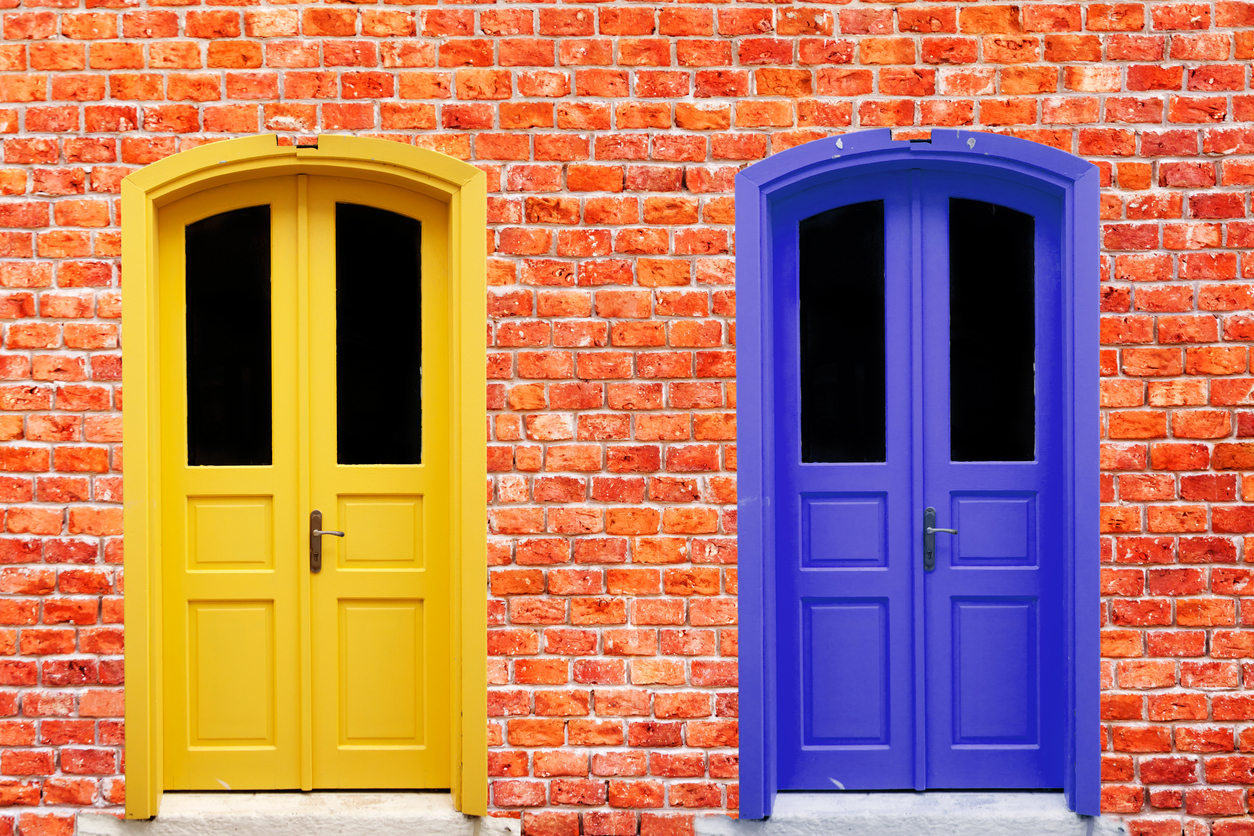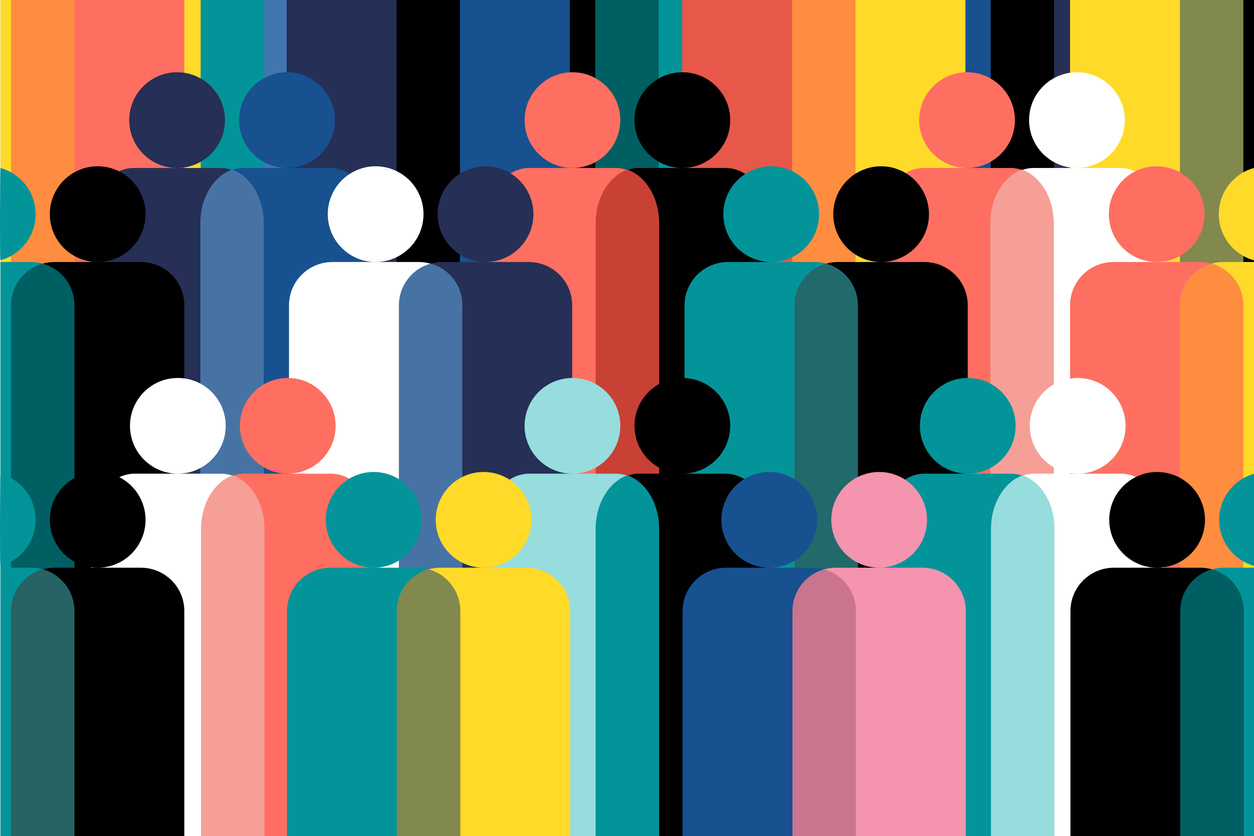
A few months ago, the team was at the Collision tech conference in Toronto, and I heard the word “community” everywhere! In one session alone, I counted almost a dozen times before I stopped. It’s a powerful and emotive word for everyone, especially today with the increased need to connect with each other, but I kept thinking, “what do they actually mean when they use the word community?”
Building community
The ultimate goal for community builders is to create a place where people can come together around a common purpose, share experiences and help each other progress towards their goals. However, how that turns into reality can be quite different.
Let’s look at two examples at a very high level—a product support community and a peer support community.
Chances are you’ve encountered a product support community. It aims to help people troubleshoot or learn how something works after making a purchase. Typically an open, forum-based community with no account required to participate, the sharing of experiences is based on a Q&A format. As a result, it’s primarily functional and transactional in nature, and once the issue is resolved (hopefully!), the need for the community is essentially over. You’ve achieved your goal, and the community has served its purpose. Great!
Taking that as the benchmark, let’s look at a peer support community for health and wellbeing.
Different connections for different reasons
Are people also coming to find others just like them who’ve had similar experiences? Yes. Are they also hoping to learn and increase their understanding to progress towards their goals? Yes, again!
What are some of the other differences worth noting? Privacy and trust are also important aspects for someone seeking peer health support. It’s hard to establish trust and to feel truly comfortable opening up about your health when what you share is publicly visible. That’s why for most peer support health communities, you need to be a member to log in to view content and activity. Enabling anonymity with the use of display names should also be an important consideration, as well as giving the member control over who they share what with.
Now, is the goal of both types of community to create meaningful connections? Yes, but not in the same way. For a product support community, the organization hopes to build its brand and reputation with the individual by establishing a brief but successful 2-way connection. However, for a peer support community, it’s about building long-lasting, beneficial connections between members themselves, which can then positively enhance the brand and reputation of the organization responsible for bringing the community to life—i.e. the halo effect.
Privacy, trust, and anonymity
If you don’t have these things in place, there’s a real risk that what happens online stays online. It could be visible to anyone and everyone—the case with social media in general and a real concern when you’re opening up about your health.
Compare that to the product support community, where the information shared will be less personal, and creating the right environment for openness and an emotional connection with another person just isn’t a priority—no matter how frustrated you are with your purchase!
What about timeframes?
That’s another difference between these two types of communities. For a product support community, the expectation for those in need is a quick “in and out” with the problem being resolved. For a peer support community related to health and wellbeing, the timeframe will certainly be longer and a member’s needs will likely change over time. There’s a reason why your health is described as a journey!
Without a doubt, “community” is a powerful word and underscores our need for social connection as people. But in practical terms, it can mean different things based on its purpose, its members, and how it’s created. So the next time you think about community, what’s your type? If it’s a peer health support community, let’s connect!
STAY IN THE LOOP
Subscribe for our news and updates.
DEI has evolved into DEIB - Diversity, Equity, Inclusion, and Belonging. At its core, the goal of building communities is to create a sense of belonging. Framed around health and wellbeing, online peer health communities are a great strategic fit for organizations.
Effective content moderation is critical for successful peer support sites. Done right, it ensures that your site feels welcoming and enhances your brand.
45% of employees are caregivers which can impact their health and workplace performance. Offering peer support is an effective way to help ease their burden.
This term describes members who don’t post content. However, it fails to recognize our differences as individuals and the value these members get from belonging to the community.



